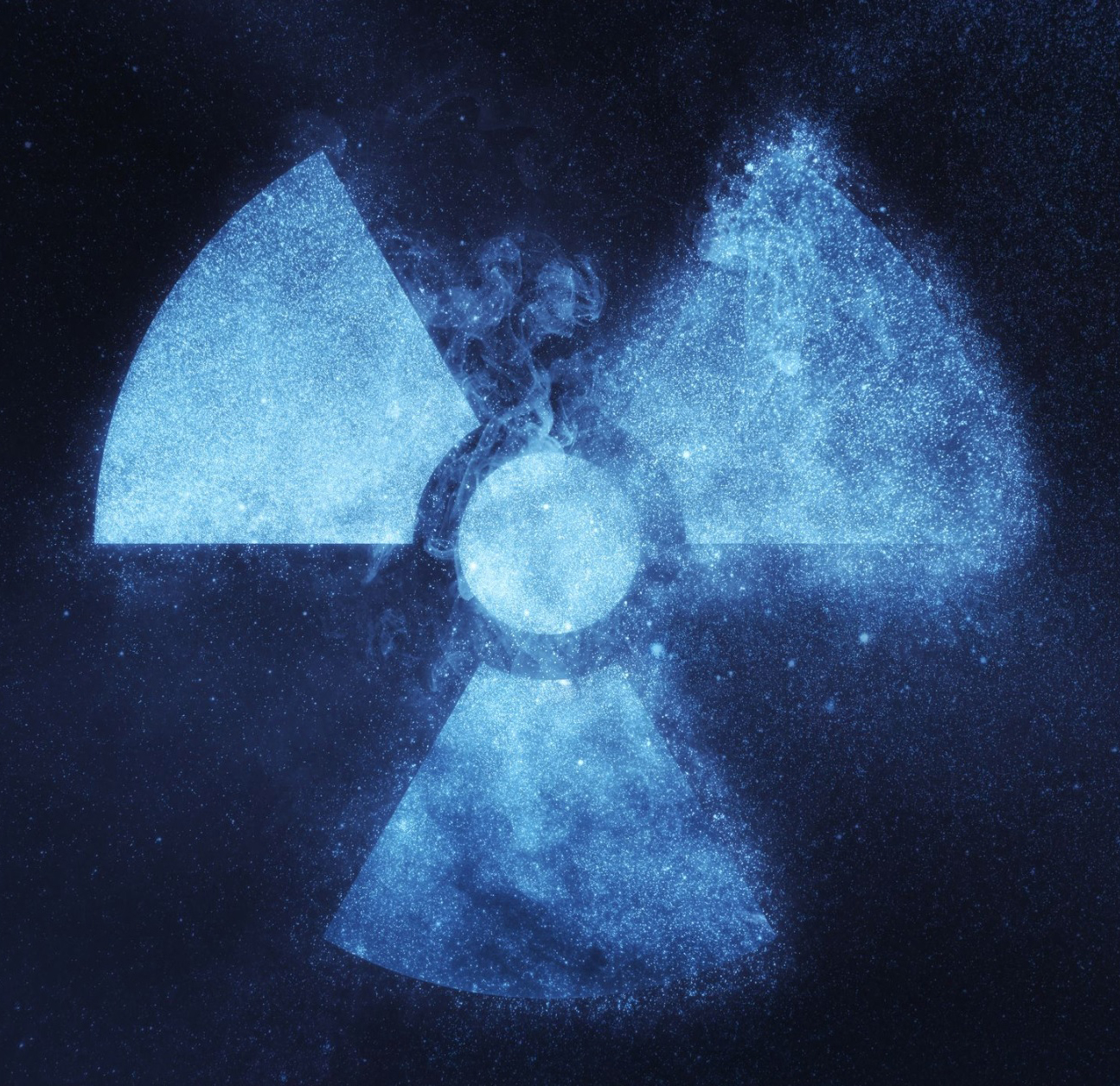
Researchers have exceeded the current record for generating energy from a nuclear fusion reaction. It’s a big step toward solving the world power consumption crisis. Nuclear fusion is called the holy grail of energy production, because it could lead to a virtually unlimited source of safe and sustainable power.
The nuclear test happened at the world’s most powerful fusion plant, the JET Fusion facility in the UK. The record-breaking nuclear fusion reaction had a temperature of more than 150 million degrees Celsius, 10 times hotter than the heart of the sun. The research team explained that the breakthrough is a landmark for this technology, and a key step toward developing practical nuclear fusion.
Nuclear reactors use fission, that’s when big unstable atoms like uranium are split in two, releasing lots of energy and radiation. Fission is the current technique used around the globe in nuclear power plants. But fusion is different. It involves forcing small atoms together, fusing them to create: helium, lots of energy, and just a tiny bit of short-lived radiation.
Using fusion to create mini-suns inside reactors like this, is one of the greatest tech challenges humanity has ever faced. It holds the potential for producing almost unlimited supplies of energy, forever. The essential part of the test fusion reaction only lasted for 5 seconds, and only generated enough power to boil about 60 kettles of water, 11 mega-watts of power. But it’s an important proof of the science of fusion. The power output was more than double what was achieved in similar tests in 1997.
Temperatures to produce nuclear fusion need to be extremely high, above 100 million Celsius. No materials exist that can withstand direct contact with such heat. So, to achieve fusion in a lab, scientists invented a solution — super-heated gas (called plasma) is held inside a doughnut shaped magnetic field. In geometry this doughnut shape is called a torus. And objects that have a torus shape are called toroidal. The plasma used in the JET Fusion reactor is hotter than anything in our solar system.
Future lab tests will make the plasma from a mix of two forms, called isotopes, of hydrogen. These hydrogen isotopes are called deuterium and tritium. The JET Fusion scientists successfully engineered a lining for the 80 cubic meter toroidal shaped vessel enclosing the magnetic field, that functions efficiently with these isotopes.
For its experiments in 1997, the team used carbon. But carbon absorbs tritium, which is radioactive. So for the recent tests, they constructed new walls for the vessel. The walls are made with the metals beryllium and tungsten. These are 10 times less absorbent. Then the JET Fusion team tuned their plasma to function effectively in this new environment.
The current test supports the design of an even bigger fusion reactor being constructed in France. The JET Fusion reactor can’t actually run any longer because its copper electro-magnets get too hot. New tests will use internally cooled super-conducting magnets. Nuclear fusion reactions in labs famously consume more energy to launch than they can output, this is called an energy deficit. For example, the JET Fusion lab used two 500 mega-watt flywheels just to power the experiment.
But scientists believe this deficit can be overcome. New toroidal vessels are being developed, with a volume that’s 10 times bigger than JET Fusion’s vessel. Ultimately the goal is to build a commercial power plant that can produce more energy than it consumes to operate, so the excess energy can be fed into electric power grids.
There’s still much research to do. Possible power plants of the future, based on nuclear fusion instead of nuclear fission, would produce only a small amount of short-lived radioactive waste.
